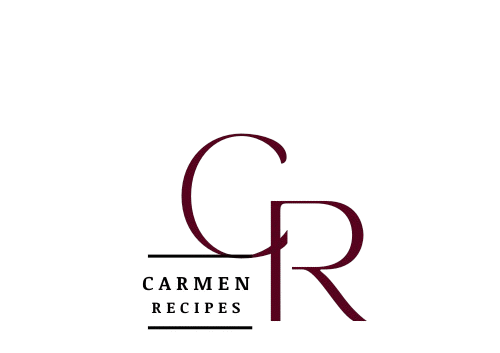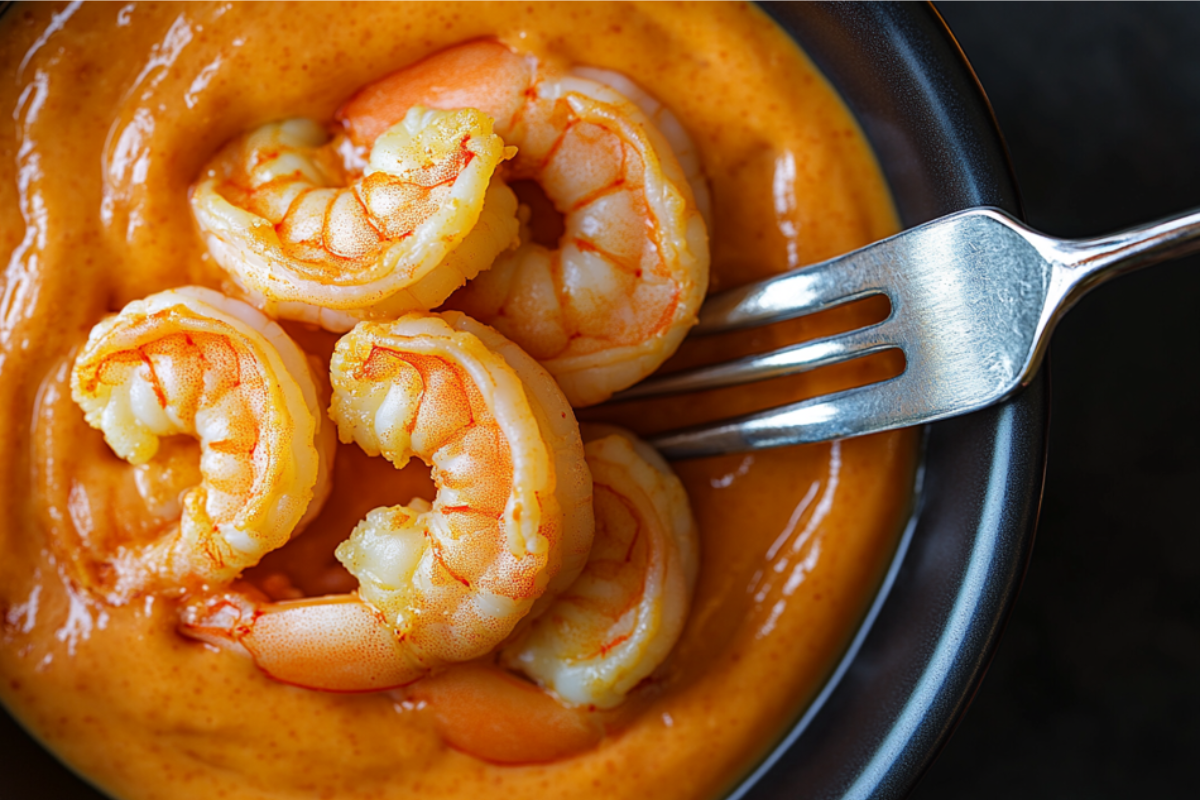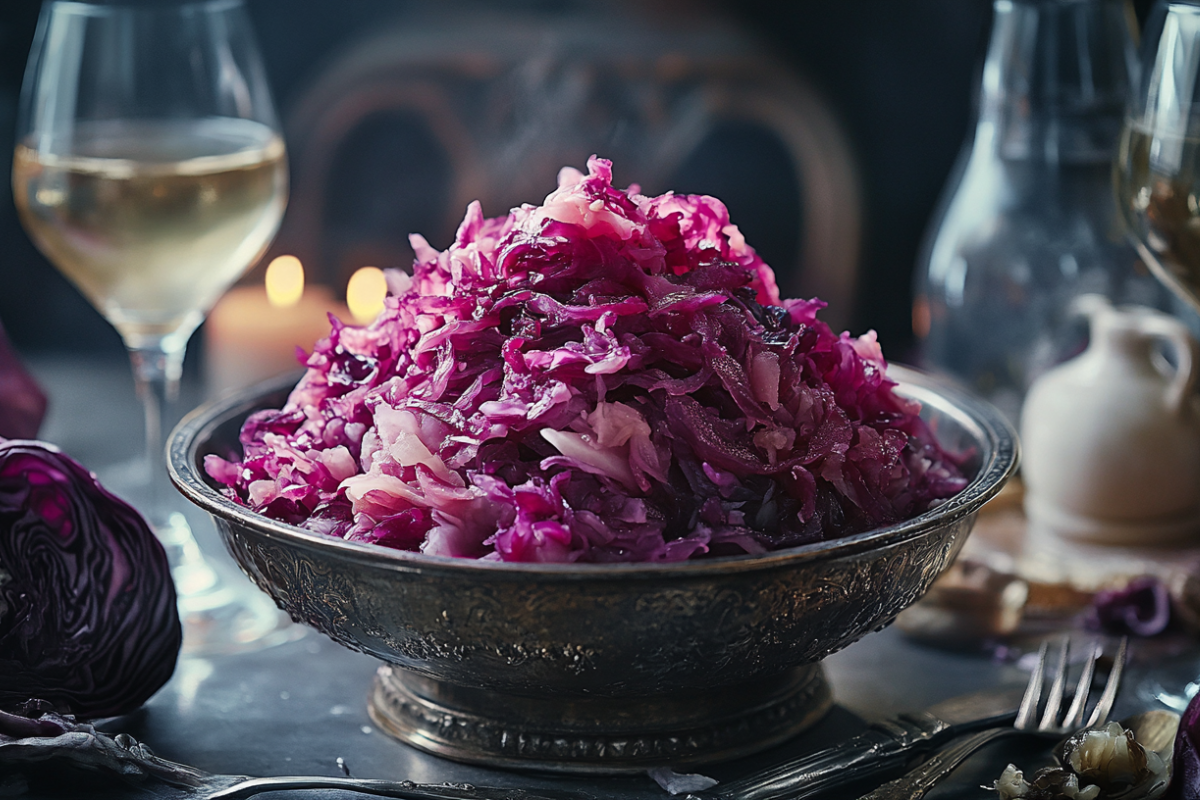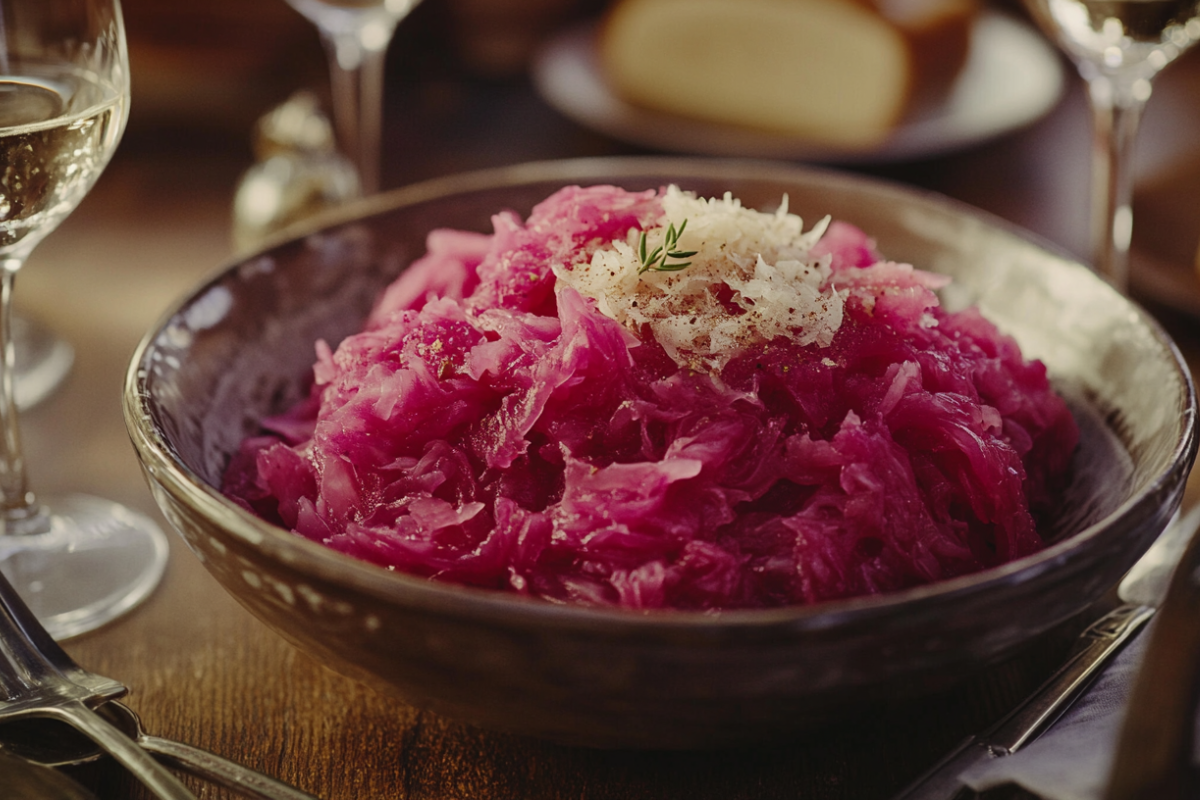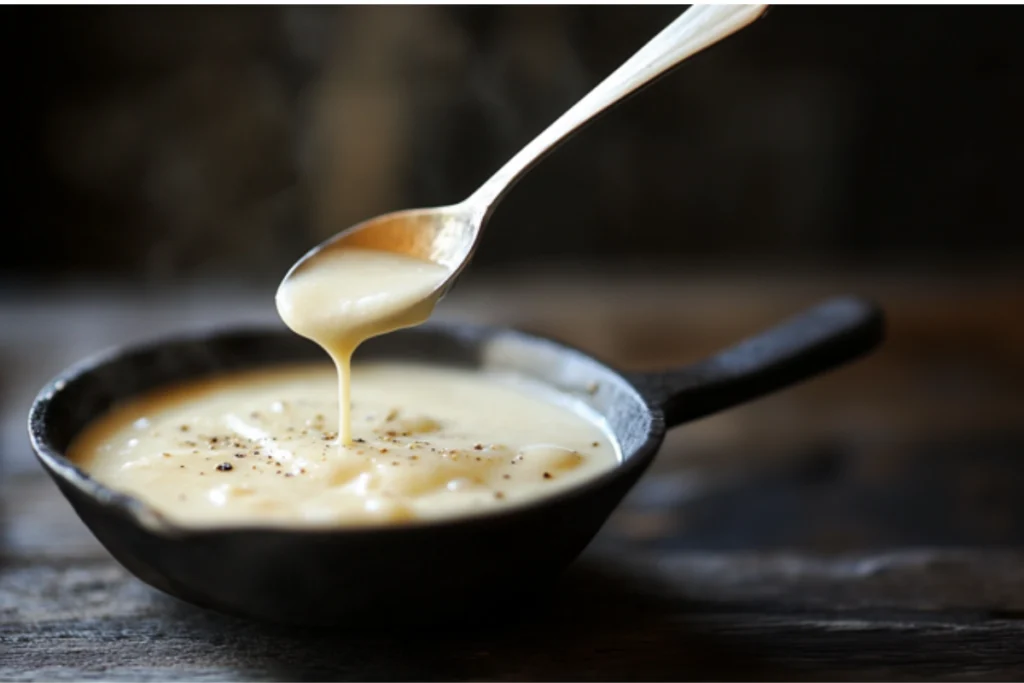
When making gravy, many home cooks face the question: Is it better to thicken with flour or cornstarch? Each option has unique properties that affect the texture, flavor, and appearance of the finished gravy. This comprehensive guide will explore the pros and cons of each thickener, helping you decide which is best for your recipes.
Both thickeners offer distinct advantages. To explore additional ways to enhance your gravy’s flavor and consistency, see How to Darken Chicken Gravy: Expert Tips, Recipes, and Techniques, which covers methods for creating rich, visually appealing sauces. If you’re new to making gravy from scratch, How is Gravy Made from Scratch? offers a helpful step-by-step guide to understanding the fundamentals.
Why the Choice of Thickener Matters
Choosing between flour and cornstarch for thickening can influence your gravy’s flavor, texture, and appearance:
- Flavor Profile: Flour can add a slight, nutty taste, while cornstarch remains mostly flavor-neutral.
- Texture and Mouthfeel: Flour-based gravies are thicker, richer, and opaque, whereas cornstarch creates a smooth, glossy consistency.
- Appearance: Cornstarch yields a clearer gravy, while flour gives the traditional creamy, hearty look.
Properties of Flour and Cornstarch as Thickeners
Understanding the qualities of each thickener can help you choose the best option for different gravies.
Flour as a Thickener
- Contains Gluten: Flour’s gluten content contributes to a thicker, more stable gravy with a heartier texture.
- Prepared as a Roux: Flour is typically cooked into a roux (a blend of flour and fat) before liquid is added, which prevents lumps and ensures a smooth consistency.
- Classic and Versatile: Flour-based gravy has a traditional, creamy look, making it popular for holiday meals and classic dishes.
Cornstarch as a Thickener
- Naturally Gluten-Free: Cornstarch is gluten-free, ideal for those with dietary restrictions.
- Silky, Smooth Finish: Cornstarch creates a light, glossy gravy that feels smooth on the palate.
- Easy-to-Use Slurry: Cornstarch is typically combined with cold water to make a slurry, then added to hot liquid, which helps prevent clumping.
Comparing Flavor and Texture Outcomes
Your choice of thickener will influence both the flavor and mouthfeel of your gravy.
Flavor Profiles of Flour-Based vs. Cornstarch-Based Gravy
The thickener can subtly impact the taste:
- Flour-based gravies offer a slightly nutty, warm flavor that complements savory dishes well.
- Cornstarch-based gravies are more neutral, allowing the other ingredients’ flavors to shine without any added taste from the thickener.
Texture Differences
Texture is often the deciding factor in choosing between flour and cornstarch:
- Flour: Produces a thick, opaque gravy with a classic, hearty mouthfeel.
- Cornstarch: Results in a lighter, glossy consistency, making it ideal for clear, refined sauces.
Preparation Techniques for Flour and Cornstarch
Each thickener has a specific preparation method to achieve the best consistency and prevent lumps.
Making a Roux with Flour
- Melt Fat: Begin by melting butter or oil in a saucepan over medium heat.
- Add Flour: Whisk in an equal amount of flour, stirring constantly to blend.
- Cook Until Golden: Allow the roux to reach a light golden-brown color, which reduces any raw flour taste.
- Add Liquid Slowly: Gradually whisk in broth or stock, continuing to stir until the gravy thickens.
Slurry Method with Cornstarch
- Combine Cornstarch and Cold Water: Mix equal parts cornstarch and cold water to create a smooth slurry.
- Add to Hot Liquid: Gradually pour the slurry into simmering broth or stock, stirring constantly.
- Stir Until Thickened: Continue to whisk until the mixture reaches the desired thickness, resulting in a glossy, lump-free gravy.
Cooking Time and Stability
Flour and cornstarch behave differently when exposed to heat and storage:
- Flour: Maintains stability and thickness even with extended cooking and reheating, making it ideal for make-ahead gravies.
- Cornstarch: Can lose its thickening power if exposed to prolonged heat or multiple reheats, so it’s best suited for immediate use.
Choosing the Right Thickener for Different Gravies
Specific types of gravies benefit from either flour or cornstarch depending on the desired flavor, thickness, and appearance:
Best Thickener for Turkey Gravy
- Flour is ideal for turkey gravy due to its thicker, hearty consistency that pairs well with savory flavors.
Best Thickener for Chicken Gravy
- Cornstarch creates a light, glossy gravy, which is perfect for delicate chicken flavors.
Best Thickener for Beef or Brown Gravy
- Flour provides a rich, thick texture that complements the intense flavors of beef or brown gravy.
Best Thickener for Vegetable-Based or Clear Gravies
- Cornstarch produces a clear, light texture, enhancing vegetable gravies without overpowering the taste.
Combining Flour and Cornstarch for Custom Texture
Blending flour and cornstarch can offer a balanced texture:
- Ratio: Mix equal parts flour and cornstarch to create a moderate thickness with a glossy finish.
- Preparation: Begin with a flour-based roux, then finish with a cornstarch slurry for added smoothness and shine.
Troubleshooting Common Gravy Issues
Here are tips for fixing common gravy problems:
- Lumpy Gravy: Prevent lumps by thoroughly whisking the flour or cornstarch before adding it to the main mixture.
- Thin Gravy: For a thicker consistency, add more flour or cornstarch, remembering that cornstarch is a more potent thickener.
- Gravy Separation: To avoid separation, stir occasionally and reheat gently, especially when working with cornstarch-based gravies.
Frequently Asked Questions (FAQs)
Is Cornstarch or Flour Better for Thickening Sauces?
Both work well, but flour tends to be preferred for hearty sauces, while cornstarch is ideal for lighter, glossy sauces.
Can I Use Both Flour and Cornstarch in Gravy?
Yes, combining them can yield a balanced texture. Begin with a flour-based roux, then finish with a cornstarch slurry for smoothness.
How Much Cornstarch Should I Use to Replace Flour?
Since cornstarch is twice as effective, use half as much cornstarch as you would flour for similar thickening.
Is Cornstarch Healthier than Flour for Gravy?
Cornstarch is gluten-free and has fewer calories, ideal for certain dietary restrictions, though it lacks the fiber and nutrients found in flour.
Conclusion: Choosing the Right Thickener for Your Gravy
The decision between flour and cornstarch often comes down to the type of dish and the desired gravy consistency. Flour provides a thick, creamy texture perfect for traditional gravies, while cornstarch yields a smooth, glossy finish suited to lighter, refined gravies. By understanding the properties of each, you can make the best choice for any meal.
For more insights on creating lump-free, consistent gravies, see How to Thicken a Dipping Sauce: The Complete Guide for additional tips on perfecting sauce textures.
This in-depth article provides a complete guide to using flour and cornstarch as thickeners, featuring Carmen Recipes links for further information on sauce-making techniques. Enjoy perfecting your gravy with the best choice of thickener!
